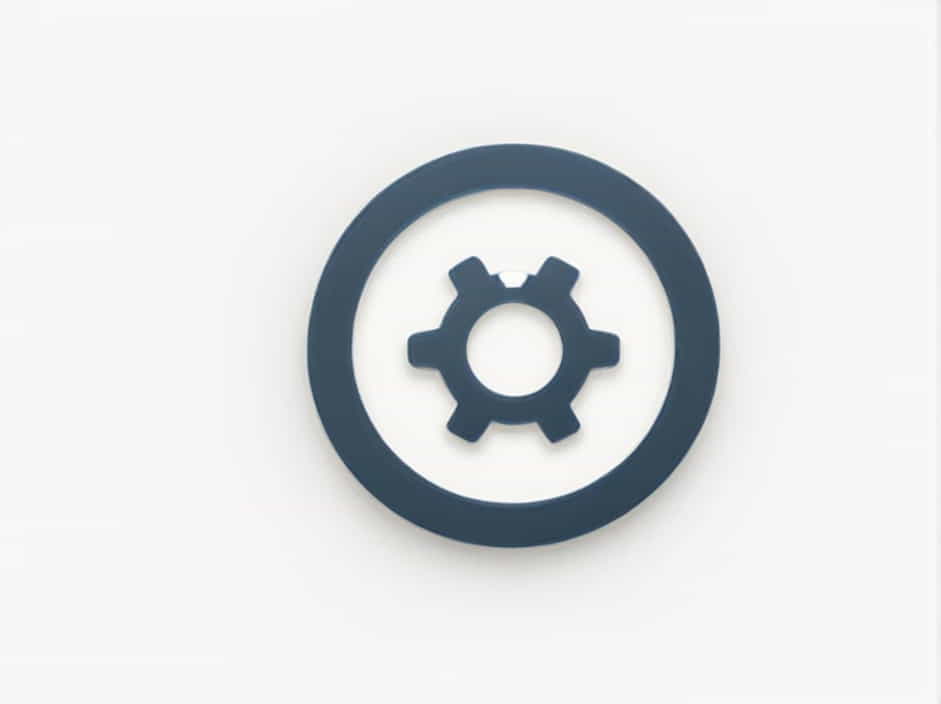Reliability, Availability, and Serviceability (RAS) are critical factors in the design and operation of computing systems, servers, and data centers. These three elements ensure that hardware and software components function efficiently with minimal downtime, improving overall system performance and user experience.
In this topic, we will explore the RAS specification, its importance, key components, and how organizations can optimize their systems to meet high reliability, availability, and serviceability standards.
Understanding Reliability, Availability, and Serviceability (RAS)
Reliability
Reliability refers to a system’s ability to perform its functions without failure over a specified period. High reliability means fewer system crashes, hardware failures, or data corruption issues.
Factors affecting reliability include:
- Hardware durability – High-quality materials and advanced manufacturing processes reduce the likelihood of hardware failure.
- Software stability – Efficient coding and rigorous testing minimize bugs and vulnerabilities.
- Error detection and correction – Mechanisms such as ECC (Error-Correcting Code) memory help identify and fix errors before they affect system performance.
Availability
Availability measures the system’s ability to remain operational and accessible when needed. A highly available system ensures minimal downtime, keeping business operations running smoothly.
Key elements of availability include:
- Redundant hardware components – Backup power supplies, storage, and network connections prevent failures from affecting system uptime.
- Failover mechanisms – Automatic switching to backup systems in case of failure ensures continued operation.
- Proactive monitoring – Real-time system monitoring detects potential failures before they cause downtime.
Serviceability
Serviceability determines how easily a system can be repaired or maintained. Faster maintenance reduces downtime and ensures business continuity.
Features that enhance serviceability include:
- Modular design – Easily replaceable components speed up maintenance and reduce costs.
- Remote management tools – IT administrators can diagnose and fix issues without physical access.
- Diagnostic capabilities – Built-in system diagnostics help identify failures and suggest corrective actions.
Importance of RAS in IT Infrastructure
RAS specifications are essential for organizations that rely on uninterrupted computing services, such as financial institutions, cloud service providers, and healthcare organizations. Implementing a strong RAS strategy ensures:
- Reduced downtime – Higher reliability and availability minimize business disruptions.
- Cost savings – Fewer failures and efficient serviceability lower repair and replacement costs.
- Improved performance – A reliable system operates at peak efficiency without interruptions.
- Enhanced security – Built-in error detection and recovery mechanisms prevent data loss and cyber threats.
Key Components of RAS Specification
1. Fault Tolerance and Error Handling
Fault tolerance mechanisms ensure that a system continues functioning even when hardware or software failures occur. Features like RAID (Redundant Array of Independent Disks) storage and ECC memory help detect and correct errors before they escalate.
2. Redundancy and Backup Systems
Redundancy is a critical aspect of high availability. Organizations implement redundant power supplies, storage devices, and network connections to ensure continuous operation in case of failure. Cloud-based backups further enhance availability.
3. Predictive Maintenance and Monitoring
Advanced monitoring systems use artificial intelligence (AI) and machine learning (ML) to predict potential failures. Tools such as SMART (Self-Monitoring, Analysis, and Reporting Technology) in hard drives help detect issues before they lead to data loss.
4. Hot-Swappable Components
Hot-swappable components allow IT teams to replace defective hardware parts without shutting down the system. This feature is common in enterprise-grade servers, ensuring minimal downtime.
5. Remote Management and Diagnostics
Remote management tools such as IPMI (Intelligent Platform Management Interface) enable IT administrators to monitor, diagnose, and repair systems remotely, reducing the need for on-site maintenance.
Best Practices for Implementing RAS Specifications
1. Invest in High-Quality Hardware
Reliable hardware reduces the risk of failure. Organizations should choose enterprise-grade components with strong warranties and proven performance.
2. Implement Redundant Systems
Deploying redundant power supplies, network connections, and storage ensures that a single failure does not bring down the entire system.
3. Use Automated Monitoring and Alerts
Real-time monitoring systems provide instant alerts when potential issues arise, allowing IT teams to take proactive measures before failures occur.
4. Perform Regular System Updates
Software and firmware updates often contain critical security patches and performance enhancements. Regular updates help maintain reliability and availability.
5. Train IT Personnel on Serviceability Best Practices
Proper training ensures that IT staff can quickly diagnose and resolve issues, minimizing downtime and improving overall system efficiency.
RAS in Enterprise IT Systems
Large-scale IT infrastructures, such as data centers and cloud platforms, heavily rely on RAS principles. Companies like Google, Amazon, and Microsoft implement advanced RAS strategies to ensure 99.999% uptime, often referred to as ‘five nines’ availability.
Enterprise IT systems integrate:
- Load balancing – Distributes network traffic to prevent system overloads.
- Disaster recovery plans – Ensures business continuity in case of catastrophic failures.
- Automated failover – Instantly switches to backup systems when a primary system fails.
These strategies ensure seamless operations and high customer satisfaction.
Future Trends in RAS Specification
1. AI-Driven Predictive Maintenance
Artificial intelligence is revolutionizing RAS by predicting hardware failures before they happen. AI-driven analytics can analyze system logs and detect patterns that indicate potential issues.
2. Self-Healing Systems
Modern IT systems are incorporating self-healing capabilities, where software can automatically detect and fix minor issues without human intervention.
3. Cloud-Based High Availability Solutions
More businesses are migrating to cloud-based infrastructure, which offers built-in redundancy, scalability, and automated failover mechanisms.
4. Enhanced Cybersecurity Measures
With increasing cyber threats, RAS specifications now include advanced security features such as AI-powered threat detection and real-time vulnerability assessments.
Reliability, Availability, and Serviceability (RAS) specifications play a crucial role in ensuring the efficiency and longevity of IT systems. By implementing fault tolerance, redundancy, predictive maintenance, and remote diagnostics, businesses can minimize downtime and improve system performance.
As technology evolves, AI-driven predictive maintenance, self-healing systems, and cloud-based high availability solutions will further enhance RAS capabilities. Organizations that prioritize RAS will enjoy higher operational efficiency, reduced costs, and improved customer satisfaction.
